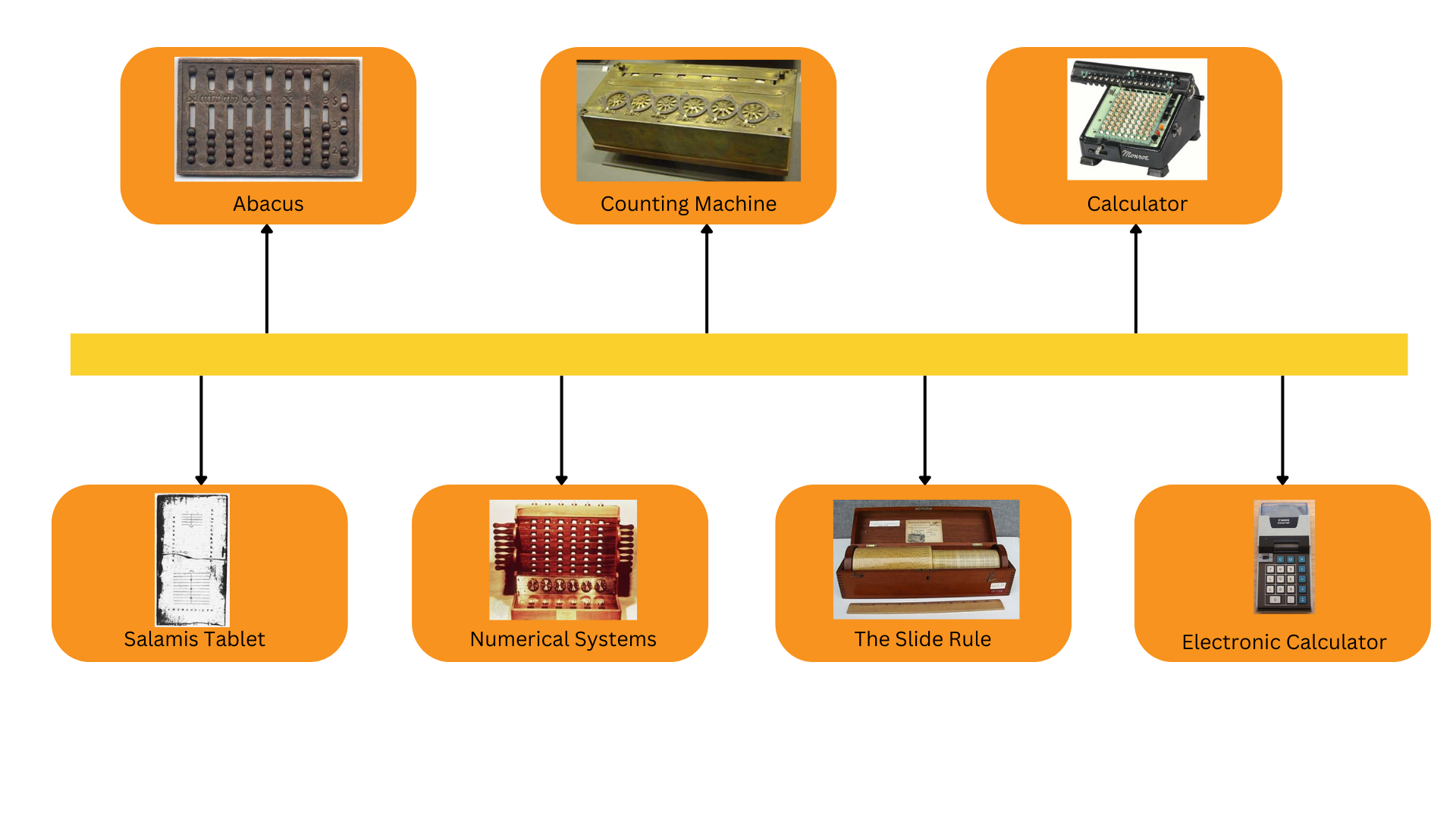Our hands were the original tools used for counting. Since hands have their limitations, items like pebbles, seashells and sticks were gradually used for counting. Can you imagine how much time and space counting with rocks would take?
The evolution of counting tools has always been about speed, accuracy and portability.
